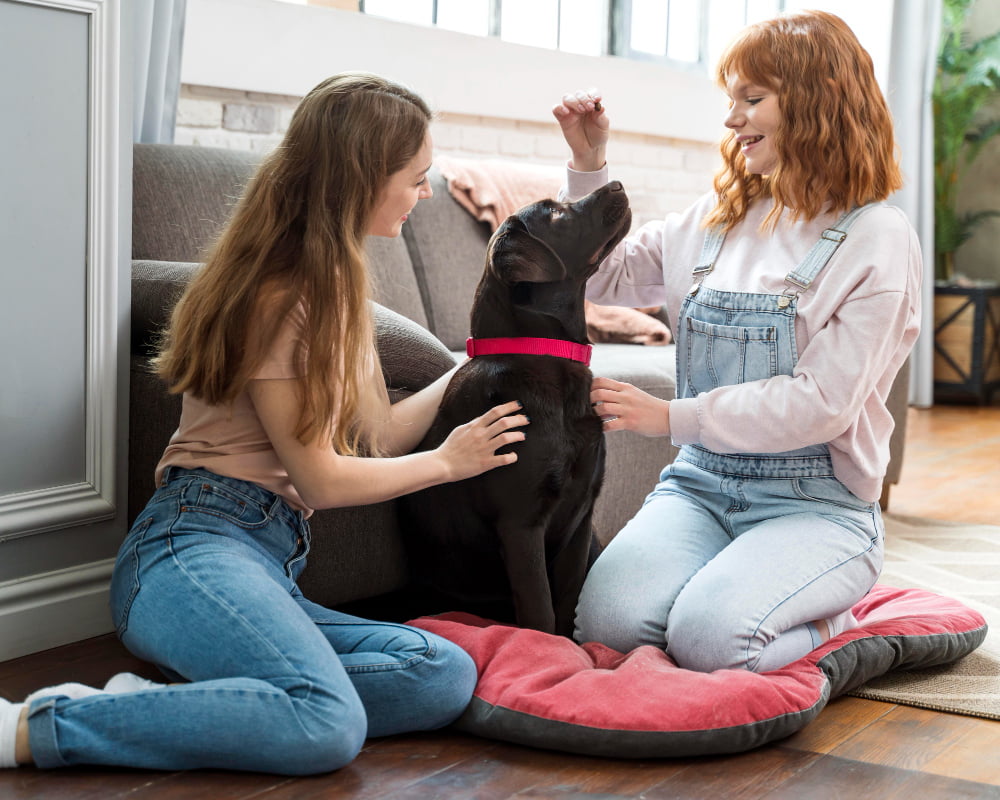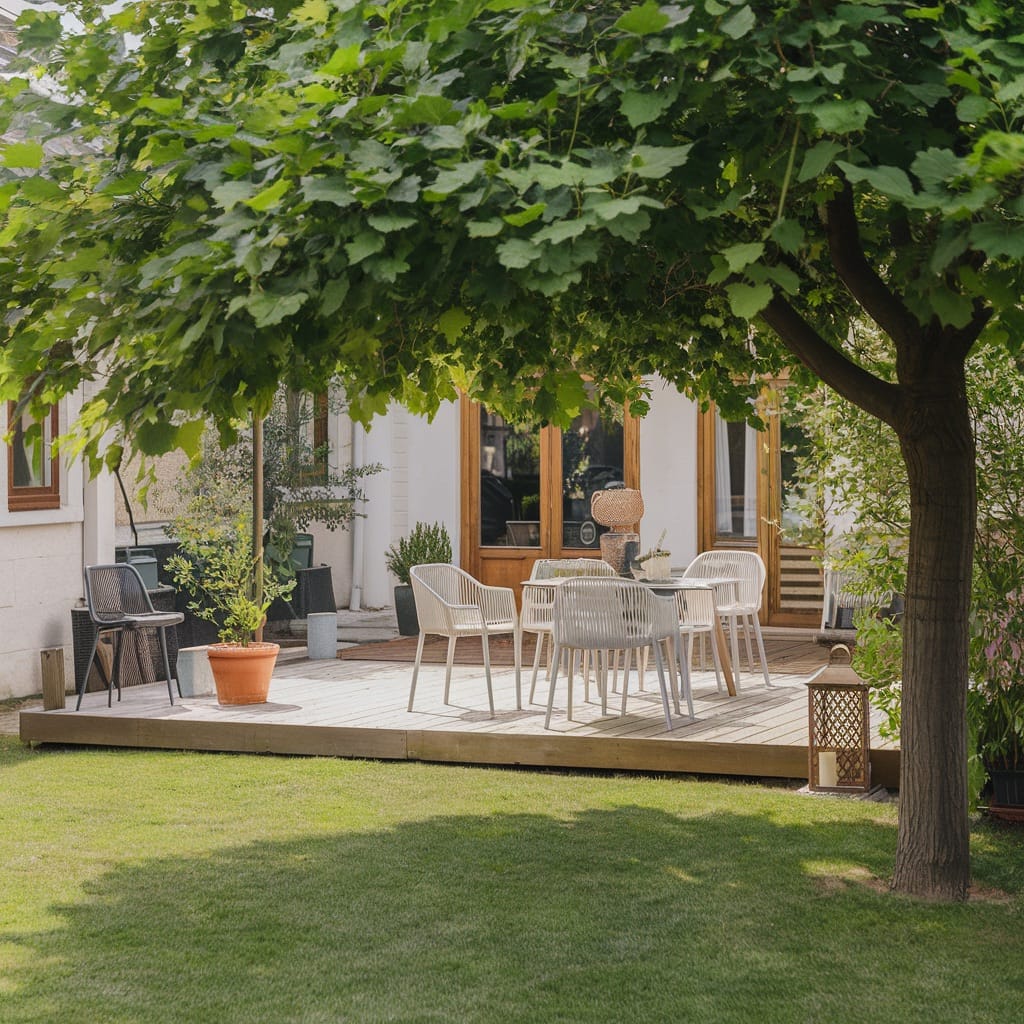Last updated on
Selecting the perfect bed for your furry friend involves more than just choosing the first one that catches your eye. It’s about creating a personal haven where your dog can relax, sleep, and play.
The right bed not only provides essential support for their joints and bones, particularly as they age but also delivers comfort and security, establishing a true sanctuary. To make an informed decision, consider your dog’s breed, size, age, health conditions, and sleeping habits. Let’s explore these factors further to help you make the best choice for your beloved companion.
Age and Health Conditions

Just like humans, dogs have specific needs based on their age and health conditions. As they get older, they may require more support for their joints or suffer from conditions such as arthritis. In these cases, orthopedic beds are highly recommended as they provide extra cushioning and support to alleviate pressure points.
For dogs with allergies or skin conditions, beds made from hypoallergenic materials can help reduce discomfort and irritation. Additionally, for puppies and senior dogs, consider choosing a bed with raised edges to prevent falls or accidents. Small dogs with short legs may also benefit from beds with lower heights for easier access so they can comfortably climb in and out.
Orthopedic Needs
Choosing an orthopedic bed can be a game-changer for dogs that need additional support. These beds are designed with extra padding and high-quality materials that conform to your dog’s body, giving relief to sore joints and muscles. They are particularly beneficial for dogs with arthritis, hip dysplasia, or other skeletal conditions, and older dogs who may have lost muscle tone.
Always remember that investing in comfortable orthopaedic dog beds can improve your dog’s overall quality of life and wellbeing. The most common types of orthopedic beds are memory foam, convoluted foam, and gel-infused memory foam. You can find luxury options with multiple layers and therapeutic features, as well as more affordable options.
Consider Your Dog’s Size and Breed

The size and breed of your dog are key factors in choosing the right bed. Small breeds like Chihuahuas or Pomeranians often prefer slightly oversized beds, granting them a sense of security while also providing ample room for stretching out. Larger breeds, such as Great Danes or Saint Bernards, require beds that can accommodate their size and weight, providing adequate support for their larger bone structure.
Be aware that certain breeds may have specific needs. For example, breeds with short coats may appreciate a warmer bed, while breeds with thick coats might prefer a cooler option. Always base your decision on your dog’s individual needs and in case of uncertainty, consult with your veterinarian for guidance.
Sleeping Habits
Understanding your dog’s sleeping habits can also guide you in selecting the perfect bed. Some dogs may prefer to curl up in a tight ball while others like to sprawl out and stretch their limbs. If your dog tends to burrow or cuddle, consider getting a bed with softer sides for added comfort. For dogs that love to chew or dig, look for beds made from durable materials such as canvas or denim that can withstand their playful habits.
For instance, if your dog loves to be outdoors and gets dirty, you might want to consider a waterproof bed that is easy to clean. Similarly, for dogs who drool or have incontinence issues, a bed with a removable and washable cover can make cleaning up accidents less of a hassle.
Heat or Cooling Features
Certain dog breeds may require beds with special features to ensure their comfort. For instance, breeds with thick fur like Huskies or Newfoundland dogs may benefit from cooling beds in warmer weather. These beds use cooling gel or elevated designs to help regulate your dog’s body temperature.
Conversely, smaller breeds or those with short fur may love the cozy warmth of a heated bed, particularly during colder months. A heated dog bed can also provide therapeutic benefits for older dogs suffering from joint issues. As always, remember to consider your pet’s characteristics and preferences when choosing a bed with these additional features.
Ease of Cleaning
When selecting a bed for your pup, it’s crucial to consider the ease of cleaning. Dogs are known for their ability to get messy, whether it’s from a muddy romp at the park or an unfortunate encounter with a pesky skunk. Therefore, a bed with a removable and machine-washable cover can be a lifesaver.
Some beds also offer water-resistant or waterproof properties, which can be helpful for puppies still in potty training or older dogs with incontinence issues. By choosing a dog bed that’s simple to clean, you’ll save time on maintenance and ensure that your furry friend has a fresh, hygienic place to rest.
The Takeaway
Choosing the perfect bed for your dog involves a deep understanding of your dog’s individual needs and habits. Keep in mind your dog’s size, breed, age, health conditions, and sleeping habits. Always prioritize their comfort and look for beds with added features like heat or cooling, and easy cleaning.
Remember, the perfect bed should not only provide a comfortable resting place but also promote your dog’s overall health and wellness. After all, a well-rested dog is a happy and healthy dog so invest in a quality bed that will provide your dog with the best sleep possible.
Recap:



